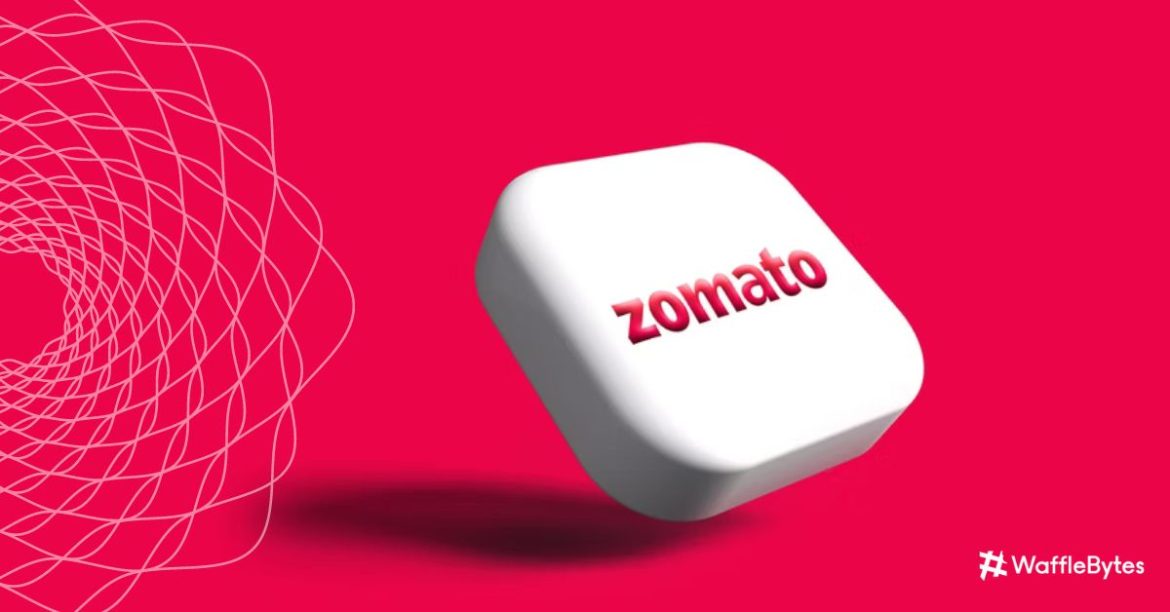Indians adore their cuisine. They exist solely to eat. But it is the food-tech unicorn Zomato that has changed the way Indians think about food. Zomato has turned food into a profitable business by addressing the concerns of ‘where to dine,’ home delivery of food with the added bonus of huge discounts, and great ‘live’ tracking features.
It started its operations in Delhi-NCR in 2010. Who knew that a simple rebranding of the food directory website, Foodebay would become India’s first food tech unicorn?
To differentiate itself from its competitors, Zomato focused on adding approx. 18,000 new places to eat. At the same time they also decorated many special features, such as special dishes or opening hours”.
In order to be the largest resource in the food supply market, Zomato bought Urbanspoon, a leading restaurant service, to leverage local insights and experience, and to expand its business overseas, looking to the future. Provides a portal to enter Canada and Australia for $52 million. and purpose.
Zomato Case Study Inspire Every Indian Startup
Deepinder Goyal and Pankaj Chadha, both IIT graduates, founded the restaurant aggregator and food delivery company, which now serves over 10,000 cities in 24 countries. Zomato expanded into Sri Lanka, the United Arab Emirates, Qatar, the United Kingdom, the Philippines, Brazil, Turkey, New Zealand, and South Africa.
Zomato has received a lot of support and has raised a lot of money. It has a reputable investor portfolio that includes Singapore-based firms Temasek, Sequoia, Info Edge India, and V Capital. The startup raised $200 billion from Alibaba’s Ant Financial, which has a $1 billion valuation.
Achievements:
- Many listed restaurants: In 2008 it was 4000 restaurants which increased to 94000 in 2013 and currently there are 384,100 in the first quarter of 2015.
- Zomato’s monthly visitors increased to 35 million in 2014 from 11 million in 2013 and 0.015 million in 2008.
- In 2008, Zomato’s annual revenue was 0.06 crores, which increased to 113 crores in 2013.
- Spread over 21 countries around the world.
Zomato Marketing Strategy
The success of Unicorn would be incomplete without mentioning its digital marketing strategy, which increased its popularity and helped it become a household name.
This case study examines Zomato’s growth through digital marketing initiatives. What motivates customers to use the app and place an order? How does the startup keep its customers happy, address their concerns on social media, manage the restaurant, and monitor ratings?
Target Audience:
Zomato’s primary customer demographic is between the ages of 18 and 35. This customer group owns a smartphone, prefers to eat out, and is lazy.
Organic Results in Google SERP
Here is a screenshot of the Zomato search traffic case study in comparison to other restaurants. While real restaurants like Domino’s and Pizza Hut account for less than 1% of search traffic, Zomato accounts for more than 40% of voice traffic and about 2% of top keyword traffic.

Zomato Over Social Platforms
The company also enjoys experimenting with Sprout Social because it allows multiple users to manage a single social media account and handles email and in-app chat queries more effectively. Tasks for follow-up can be assigned quickly and easily.
Monitoring and listening to performance on social media is also easier than ever. Sprout Social’s metrics are also very useful for performance analysis.
The brand emphasises connecting with customers and does an excellent job of it. Check it out for yourself.
One of the most appealing aspects of Zomato’s social media strategy is that it is not just the handlers who provide feedback and attempt to connect with customers. However, the brand does not adhere to any set pattern or strategy. A young team continues to experiment and collaborates in order to maintain a creative edge.
The in-house team works closely with various employees and heads of departments to deliver a correct version and appropriately answer specific questions. That’s not it. Zomato’s social media posts are always in the news. Recently, it gave its social media to delivery boy Sonu after his TikTok video went viral.
— बडवे महाराज (@utkkut1) February 28, 2020
Business Model – How Zomato Make Money?
In the early days of the company, Zomato used to scan the menus of restaurants and put them on the site and the menu was received by the people. It still follows the same formula but has added other services to its operation. Zomato’s business model is quite different from other food delivery companies such as Swiggy and Foodpanda. Zomato’s key partners are Uber and London & Partners who may launch Zomato in the UK within the expected time frame.
While the company’s main resource is a large database of restaurants in 10,000 cities across 24 countries. The business model is based on providing local restaurant search services, as well as collecting data on food menus, contacts, and providing relevant information to customers. Zomato’s primary channels are its mobile applications and its online website. The company’s target audience consists of users who are looking for local restaurants of various cuisines and restaurants that want their name to reach a large number of people.
Customers who prefer home delivery, as well as database and market research firms, are also served by Zomato. The online service, on the other hand, includes a mandatory rating system. Zomato’s business model has transformed the food industry by incorporating various restaurants and making it simple for people to find restaurants, provide feedback, and check listings and availability based on their preferred cuisines.
Key to success:
- first-mover advantage
- strong content platform
- skilled workers
- Good rating mechanism and social platform
- A grant from an Experienced Source
Also check, Top 12 Food Tech Startups in India

